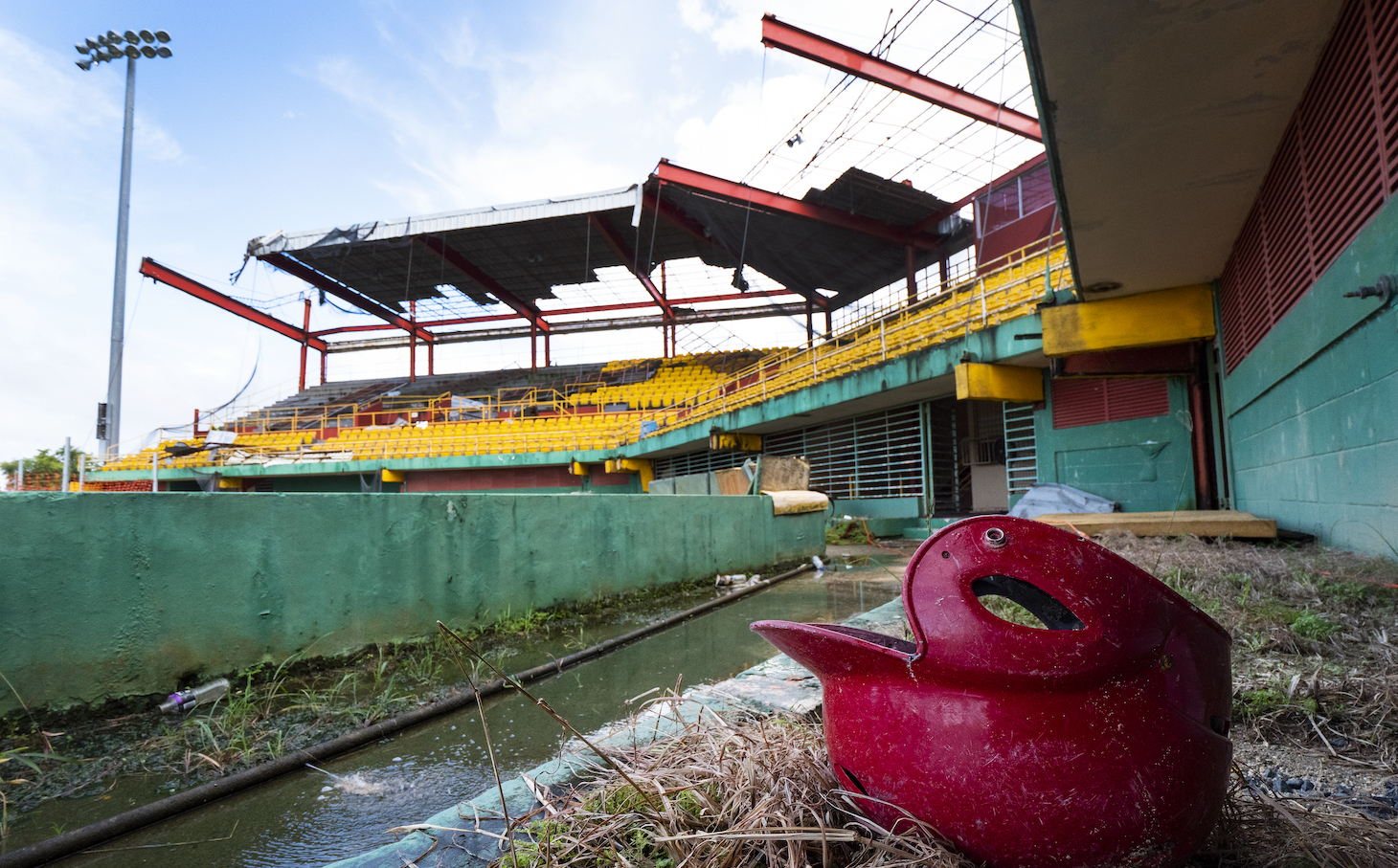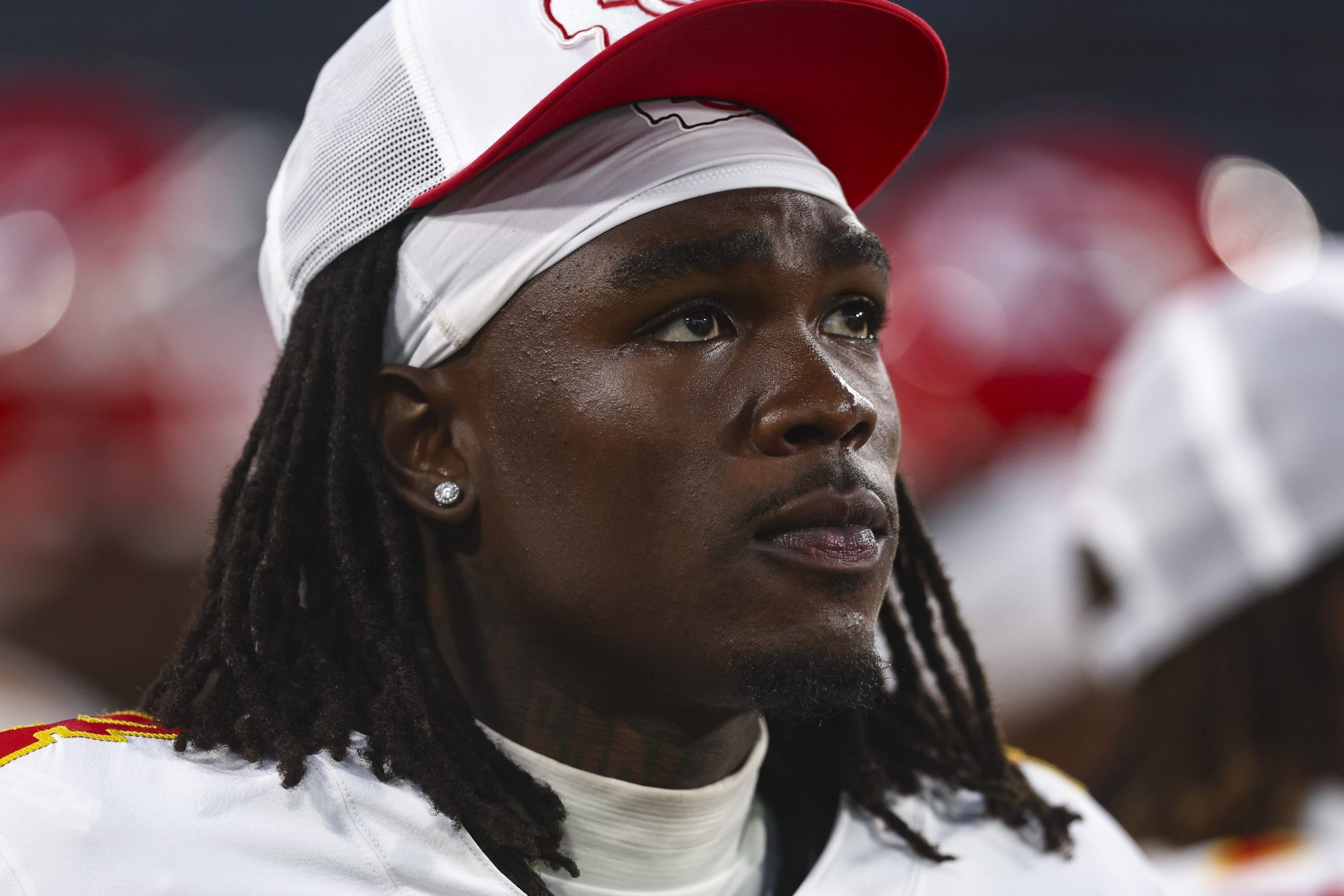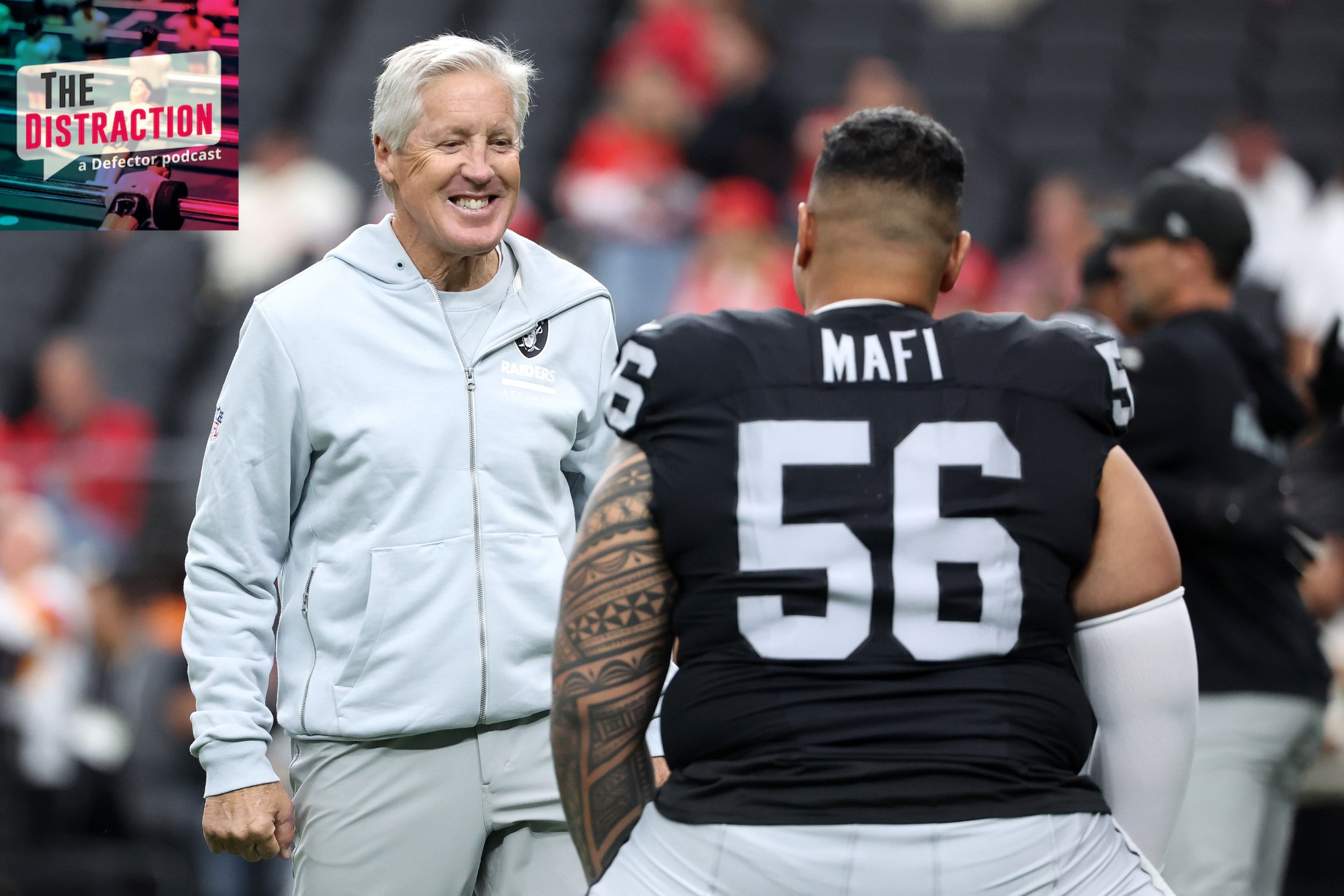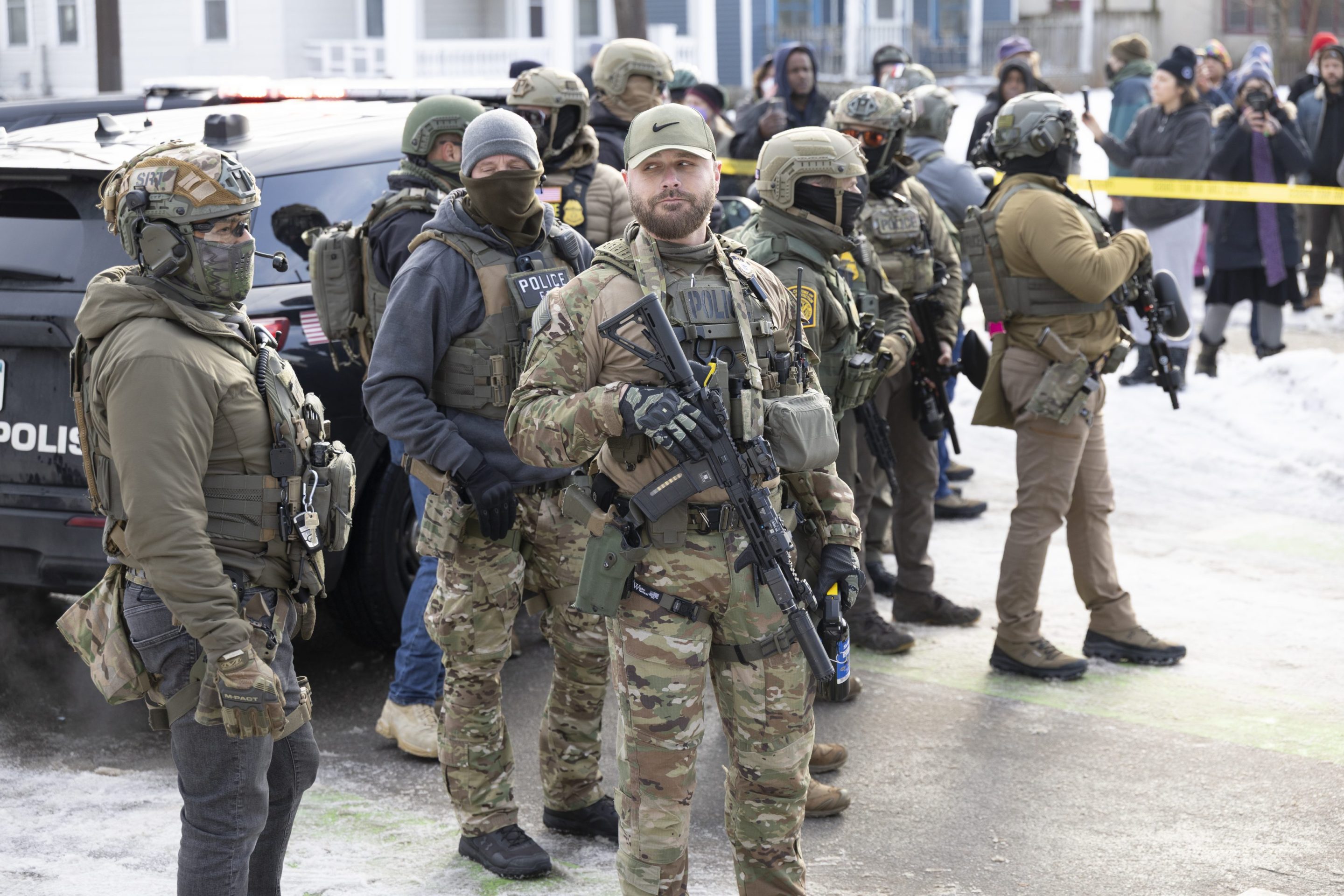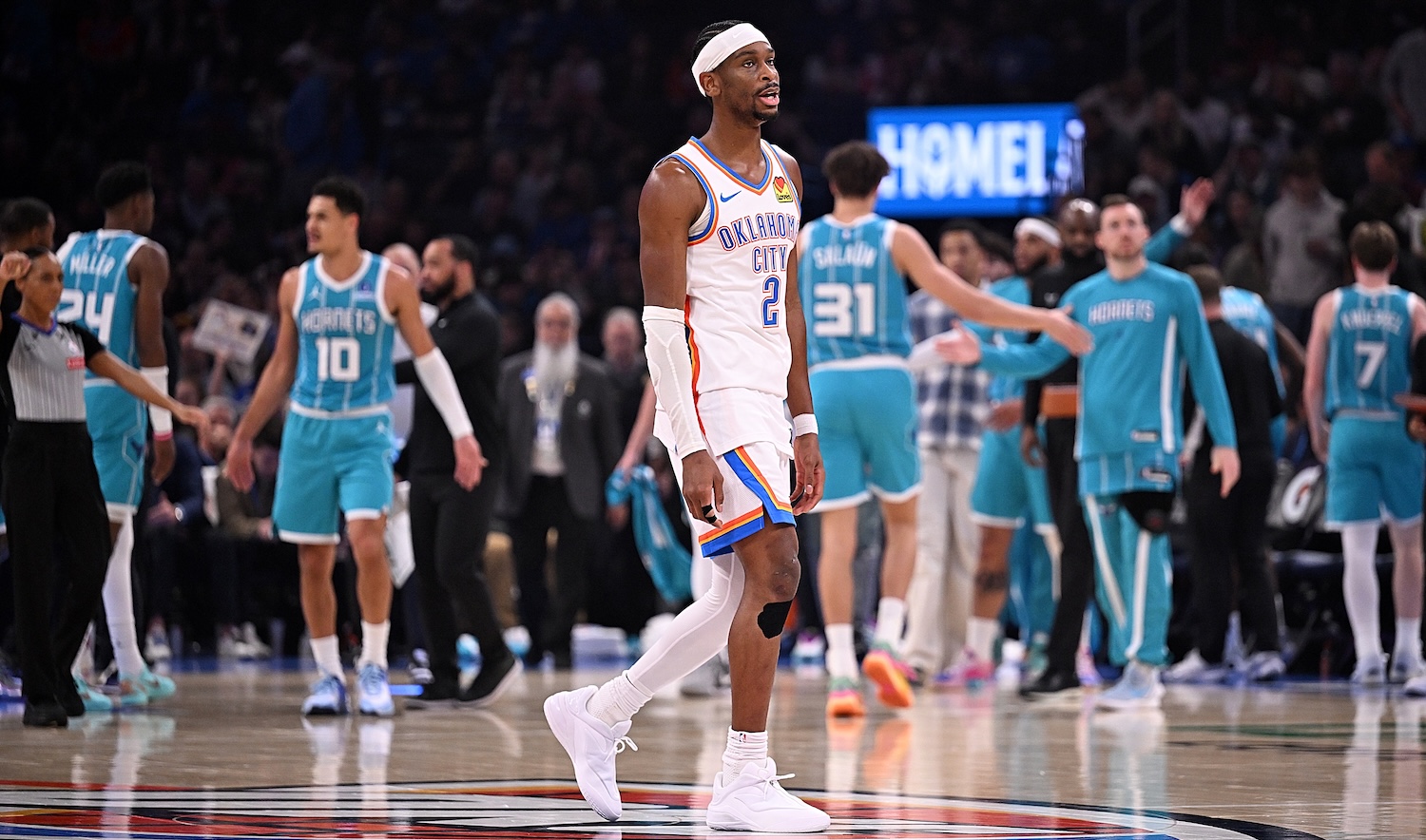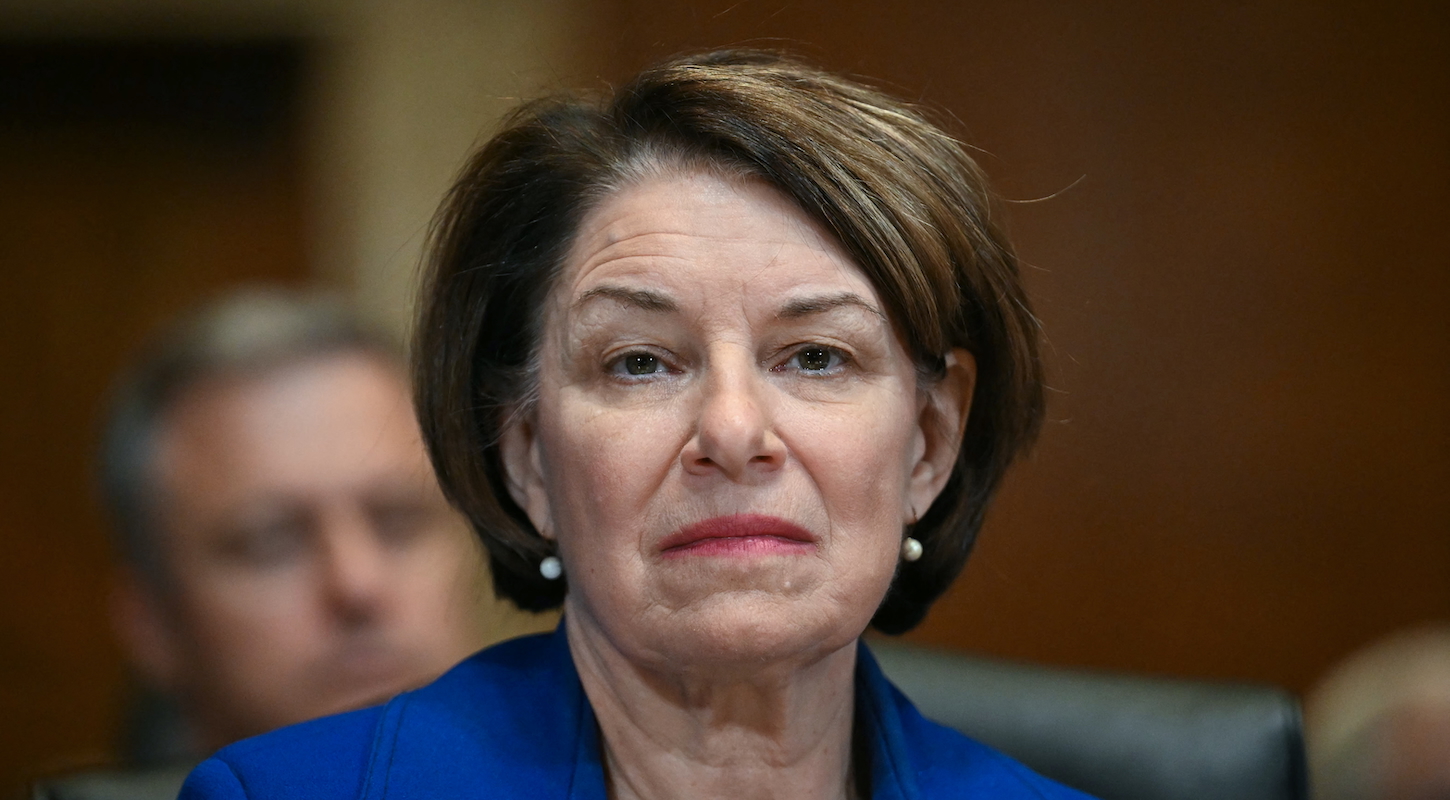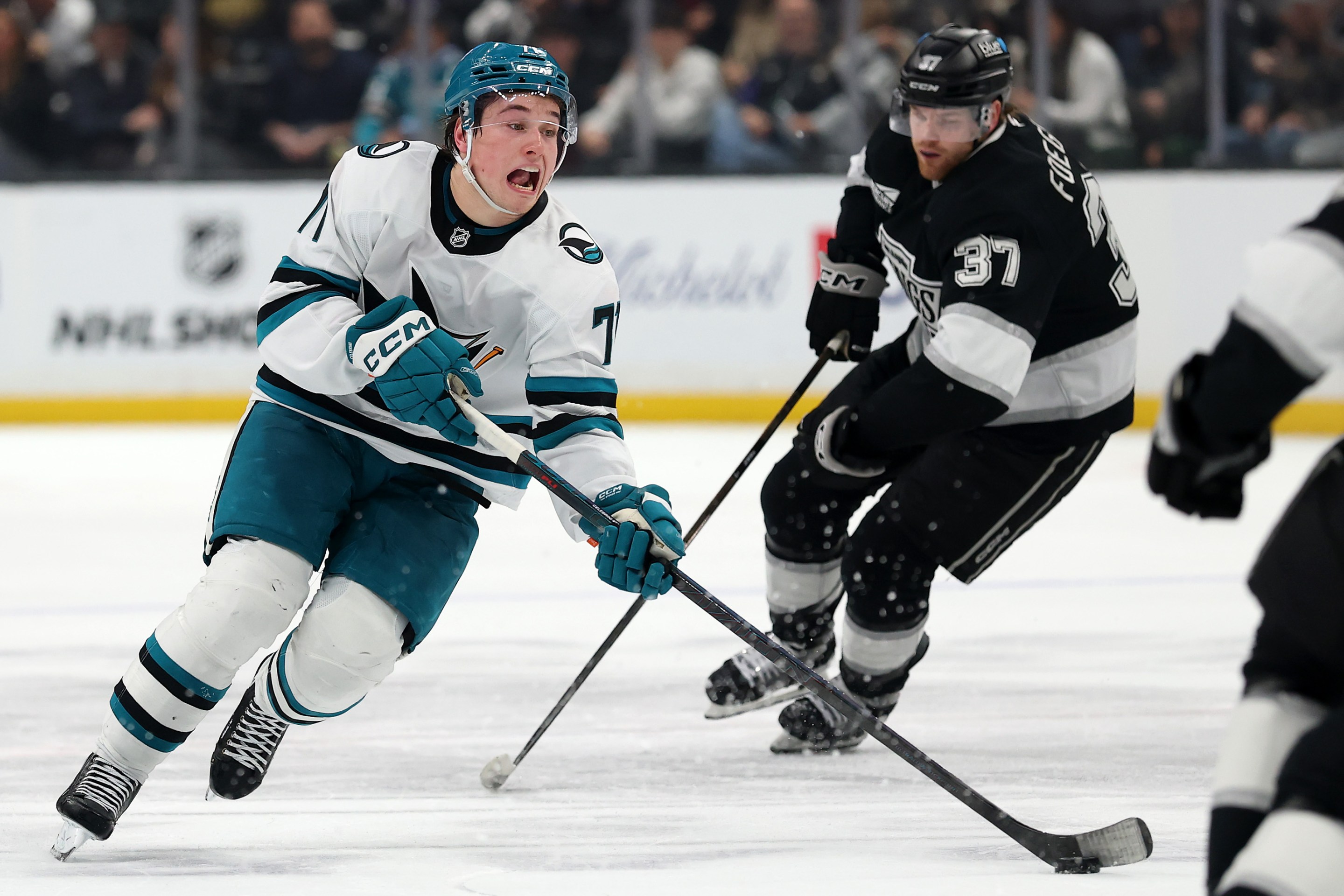MLB’s year-long assault on its minor-league affiliates, first launched last fall, ended this month with unconditional surrender, as the nation’s farm teams fully capitulated to a plan that will see 43 franchises either get bumped to independent leagues, demoted to amateur leagues, or vanish fully into the ether. Farewell, Batavia Muckdogs and Clinton LumberKings; adios, NY–Penn League and South Atlantic League, decades-old circuits whose desiccated remnants will be reconstituted in a freshly MLB-authorized Mid-Atlantic League. Though some minor-league owners initially talked tough, resistance turned out to last only hours after MLB’s edict, when the owners of the Fresno Grizzlies, a Triple-A club since 1998 that had been the final holdout, looked around at the blood-splattered battlefield and agreed that demotion to the single-A California League was just fine, thanks, considering the alternative.
If the all-out assault on the minors was unexpected, it probably shouldn’t have been. The league’s initial excuse was that the move was intended to “improve Minor League Baseball’s stadium facilities” while also cutting down on travel by ensuring that players wouldn’t have to schlep thousands of miles every time they were called up to or sent down from the bigs. But read even slightly between the lines, and two much more lucrative motivations become clear: Eliminating dozens of teams allows baseball’s barons to extinguish more than a thousand paid ballplayer jobs and convert them into, in effect, unpaid internships. And at the same time, MLB gains fresh leverage to pressure minor-league cities for new or upgraded stadiums, under threat of otherwise ending up without a chair when the music stops.
Here’s how it came to be, in a large and disturbing nutshell:
Until this month, the biggest seismic shift in the minors’ makeup came in the 1930s, when Branch Rickey—better known to most Americans these days as crusty antiracist Harrison Ford—dreamed up the first modern farm system. Before he signed Jackie Robinson for the Brooklyn Dodgers, Rickey was an anticommunist tightwad exec for the St. Louis Cardinals who realized that instead of buying player contracts from independent lower-level teams, it would be much cheaper to buy up entire minor-league teams and stockpile players there. The Cards earned multiple championships thanks to Rickey’s tactics, and though racist commissioner and unworthy MVP award namesake Kenesaw Mountain Landis eventually “freed” some Rickey signees to play with other teams (the most prominent, Pete Reiser, won a batting title with the Dodgers at age 22 then promptly wrecked his career by repeatedly running headlong into walls), farm systems soon became a semi-stable feature of the baseball hierarchy.
Give or take some changes in nomenclature—what had been Double-A leagues got an extra A in 1946; designations B and beyond were deprecated after 1963— that’s more or less where things still stood last fall, when the first rumblings of disruption emerged from the Houston Astros' front office, the seedbed of all things designed to gain a competitive leg up even if it means breaking the rules. Astros then-GM Jeff Luhnow’s brainstorm: What if all 30 major-league teams agreed to pare down their five or six farm teams to a nimble four apiece, no exceptions? After selling the idea to his former acolytes running the show in Milwaukee and Baltimore, Luhnow eventually convinced the whole league to vote unanimously to approve the plan.
It’s easy to envision Luhnow’s pitch to his fellow execs:
Look, guys. We’re paying salaries to more than 7,000 minor leaguers to, in effect, engage in tryouts for our big-league teams. We could save a bundle if we just paid the few players who are legit prospects—the kind who throw no-hitters in college or show quick swings as determined by sensors placed on their bats—and made everyone else fight to even get in the door. Why, we could save—Rob, you have a calculator?—let’s see, 1,200 players at about $7,500 a year, that’s $9 million! We could all chip in and buy a used yacht!
The Astros had already trimmed their own minor-league system, but doing so league-wide would reduce the risk that, say, Hal Steinbrenner would decide to undermine the whole enterprise by going full Rickey and hoarding prospects in hopes of finding players that others had missed. Plus, it was a perfect time for Luhnow to float his downsizing plan, as MLB was about to renew its Professional Baseball Agreement with the minors for the first time in a decade.
Horrified minor-league owners, faced with seeing their businesses’ value evaporate overnight, vowed to fight back, though their retaliation plans were longer on rhetoric than on actual specifics. “This is an existential threat to our organization,” declared Minor League Baseball president Pat O’Conner, as he announced the formation of the Save Minor League Baseball Task Force, along with 106 members of Congress who sent MLB a nastygram condemning the move. While most minor-league owners left the heavy lifting to O’Conner, it was still enough that MLB commissioner Rob Manfred publicly warned that the owners’ grumbling was doing “damage to the relationship with Major League Baseball.”
To go along with Manfred’s implicit threat, MLB offered a carrot, vowing that teams wouldn’t be killed dead so much as cast adrift. The nine-team Pioneer League would become an independent “partner league,” with MLB providing some seed money and a bunch of radar guns; the 109-year-old Appalachian League, meanwhile, was converted to a “college wood-bat league,” of which there are already several throughout the U.S. Though the name sounds like a training service—you young’uns come learn how to hit with real lumber, and keep your NCAA eligibility too!—in practice it means that the 10 Appalachian League teams will be replacing paid employees with unpaid ones.
The most bald-faced gambit, though, comes via the Draft League, a new six-team circuit conjured into being by MLB that will play June through August and, in effect, provide unpaid summer internships for recent college graduates seeking a shot at the pros. (The league’s inaugural teams are the Mahoning Valley Scrappers, State College Spikes, West Virginia Black Bears, and Williamsport Crosscutters, all NY-Penn League exiles; the Frederick Keys, late of the Carolina League; and the Yankees’ erstwhile Double-A team, the Trenton Thunder.) The Draft League FAQ appeared online recently, and is packed with remarkable tidbits:
- The league is “free for players,” which is another way of saying that they’ll get no compensation beyond room and pre- and post-game PB&J sandwiches. Players are further warned that they will “need to pay their way to get to the league at the start date,” so expect rosters heavy on players hailing from within driving distance of the northern Appalachians.
- As the annual player draft is being moved back to July in an accompanying move, explains the FAQ, “there is a new opportunity for the top draft prospects to showcase their skills against each other and boost their draft stock.” Previously, players could only do this by playing for free in high school and college; now they’ll be able to put their talents on display for free after they graduate as well.
- “Due to COVID-19 protocols, players should bring their own equipment, such as helmets, catchers gear, batting gloves, cleats, mitts, etc.,” something that should create not just the pay scale but the aesthetic of a youth rec league. (Teams will provide bats, so if you’re planning to apply to be a volunteer shortstop by filling out the league’s helpful Google form, leave Wonderboy at home.)
Forcing hundreds of players into the work-for-exposure world is a major power grab by owners, and would likely have been enough in itself to gain approval of the rest of MLB. But big-league owners can also use the shrinking of the minors to gain another, potentially even more lucrative benefit, one hinted at by that language about “stadium facilities.”
Minor-league stadiums may not feature the same eye-popping public subsidy numbers as the majors, but they make up for it in volume: The 18 minor-league teams marked for death this month, for example, played in ballparks that received a total of $249 million in public money for construction or renovation. Shaking down bush-league cities has traditionally offered both advantages and drawbacks for baseball owners. Sure, teams had more places to threaten to decamp to—hello, Worcester!—but there were also enough teams out there that cities could hold out reasonable hope of digging up a replacement elsewhere.
With each farm system limited to no more than four affiliates, that hope fizzles, tightening the remaining teams’ monopoly on pro ball. As an extra-special coup de grâce, MLB in September forced out O’Conner and straight-up annexed the formerly independent Minor League Baseball umbrella organization. Going forward, it will be up to the league office in New York to determine which teams live or die, which means central-office functionaries can deny your city a team by fiat if local officials don’t cough up sufficient protection money for some new scoreboards and upgraded clubhouses. And the reduced number of farm-club slots means that for each city that does buy its way off the naughty list, one more team will need to be cut loose, replenishing the inventory of empty stadiums so that the threat cycle can begin anew.
Already, MLB has been sending signals to jettisoned cities that the best way to get back into the league’s good graces is to build a new stadium. “We were told our current facility ultimately led to the decision,” Boise Hawks president Jeff Eiseman told the Idaho Statesman. Never mind that the Hawks’ stadium was only 31 years old and had undergone recent renovations. Or, for that matter, that a brand-new stadium wasn’t enough to save the Hawks’ Pioneer League compatriots, the Northern Colorado Owlz.
Nobody’s offering Boise a ticket back to the affiliated minors in exchange for a stadium just yet. But the next round of stadium roulette might not be too far off. Baseball America’s J.J. Cooper reported last week that MLB intends to issue its new minor-league “licenses” on 10-year terms, meaning the approach of 2030 could see a surge of new stadium demands. And really, there’s no reason to wait that long: Right now, Knoxville is considering whether to plunk down $52 million or so for a new stadium to lure the Tennessee Smokies back to town from their 20-year-old ballpark in the burbs, and you just know it’s only a matter of time before someone conjures the ghosts of the Burlington Bees or the Norwich Sea Unicorns as cautionary tales of what can happen when elected officials fail to kowtow to the baseball gods.
And with MLB’s newly strengthened cartel power, really, what choice will they have? Teams could seek to join indie leagues, suggests Stanford sports economist Roger Noll, and try to recreate the glory days of finding Babe Ruth in a local reform school and selling him at a profit. (How “independent” any of these leagues remain is another matter, now that they’re increasingly partnering with MLB to serve as test kitchens for rules like allowing players to steal first base.) But the economics of running a team of cast-offs and has-beens while competing with MLB-branded clubs aren’t great: A minority owner of one eliminated team that turned down a spot in the Draft League says team accountants projected that even just to afford that league’s entry fee, they’d need to average 3,000 tickets sold per game, plus get cash aid from their home city.
This sort of overarching market control is precisely what antitrust law was written to prevent—and precisely why MLB has so zealously guarded the antitrust exemption it was gifted by the U.S. Supreme Court in 1922. That ruling has never adequately been tested in court, and when baseball has thrown its weight around too cavalierly, legislative bodies have responded by rattling sabers of their own. The threat of an antitrust suit over MLB blocking the San Francisco Giants from moving to Tampa Bay, for example, is what begot the Devil Rays. When talk of minor-league contraction first cropped up last year, an unnamed baseball official told the New York Daily News’ Bill Madden, “My God, we’ll be sued all over the place from these cities that have built or refurbished ballparks with taxpayer money, and this will really put our antitrust exemption in jeopardy.”
So far, nothing like that has happened. That’s partly because city officials, along with all those Congressional letter-writers, have been otherwise occupied in 2020, and partly because, as Noll notes, any antitrust challenge “would take at least five years and millions of dollars with a very low probability of success,” especially given the current makeup of the Supreme Court. MLB, meanwhile, has already moved to head off future legal challenges: Cooper reports that minor-league owners are already being asked to sign NDAs and waive their right to sue, or else risk being shut out of the neo-minors altogether.
As for minor-league players, they’ve largely focused their recent pushback efforts on labor law, in particular the Senne v. MLB class-action suit currently awaiting a Supreme Court ruling. (Unlike in hockey and basketball, minor-league baseball players aren’t unionized.) Currently, minor leaguers aren’t paid for activities like spring training and practices; Senne hinges on whether players are employees and thus subject to minimum-wage and overtime protections, or mere “seasonal apprentices” who can be asked to spend an entire month in Florida or Arizona without compensation.
Former NLRB chair William Gould says it’s conceivable the case could be interpreted to apply to the new “amateur” leagues as well. Typically any situation where a supervisor has control over when and how workers do their work is considered an employment relationship, he points out, and so subject to labor law. On the other hand, notes Gould, the owners have some established precedent on their side as well: “Many ‘amateur’ players, albeit still in college ranks, have failed in their attempt to be covered by the Fair Labor Standards Act.” The MLB assault on the minors, then, looks increasingly like an attempt to drive a truck through that loophole. In an ideal world as envisioned by owners, there would only be two kinds of players, big-leaguers and amateurs—not unlike some other sports that they no doubt look longingly at.
If MLB’s attempt to reclassify minor-league jobs as volunteer work is successful, in other words, even a win in Senne will only guarantee that players on the 120 surviving minor-league teams will receive minimum wage—once they’ve played four years of college ball without pay, then paid their way to the Draft League, then played a whole summer for free to attract big-league scouts. Get yer Crosscutters tickets now and see the whole thing unfold! Maybe if you bring some extra sandwiches, you can trade them for autographs.
